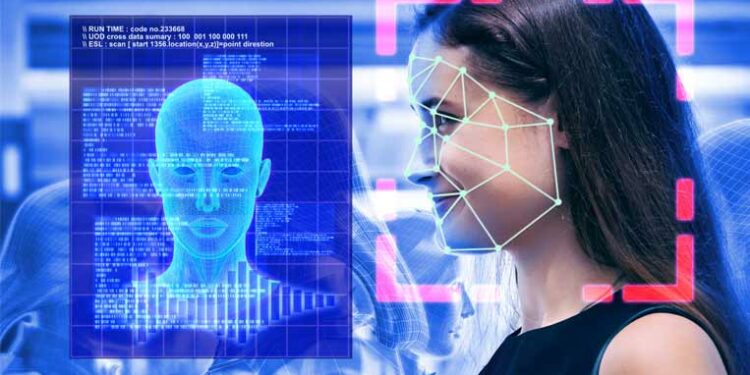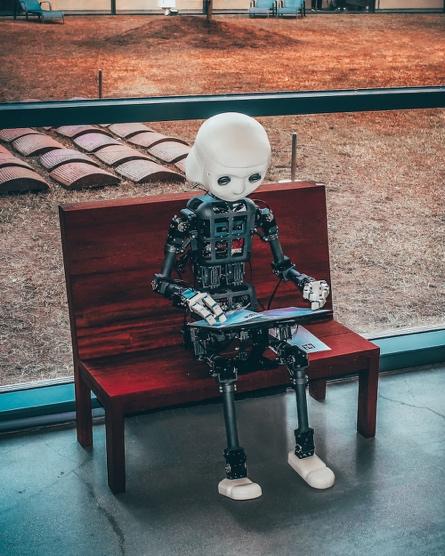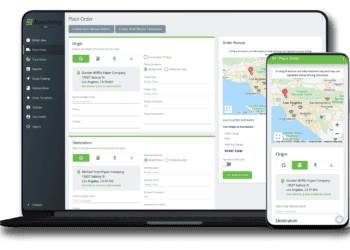Deepfakes are becoming more sophisticated, and it’s becoming increasingly difficult to distinguish between real and fake content, whether it is video, image, or audio. This is a growing concern because deepfakes can be used to spread false information or defame individuals. People should get ahead of AI and start learning about the new tools, as they will probably be crucial in all tech evolution going forward. Here, we will focus on false information spread around the internet and how to spot a deepfake.
1. Look for anomalies
As shown by ExpressVPN, one of the most common signs of a deepfake is the presence of anomalies like blurry edges, artificial lighting, or mismatched facial features. In 2018, a video of former President Obama was created using artificial intelligence to manipulate his facial expressions, but anomalies gave it away as a fake. Nowadays, these anomalies might be harder to spot, but if you focus on the key points, you can easily detect a deepfake.
2. Pay attention to facial expressions
Deepfakes often have facial expressions that are too perfect or exaggerated. They may also have little variation in emotions, making them appear stiff or robotic. For instance, in 2020, a deepfake video of Tom Cruise went viral on TikTok, where the imposter’s facial expressions looked unnaturally flawless.
3. Check for lip sync
One of the most significant challenges in creating deepfakes is syncing the audio with the video. Deepfakes may not match the audio, resulting in a delay or lack of synchronization between the words and the mouth movements. In 2019, an infamous deepfake video of Facebook CEO Mark Zuckerberg was created where he appeared to be boasting about the company’s power and influence, but his lips were out of sync with the audio, and it was visible that something was not right.
4. Look for background details
Deepfake creators often use existing footage and edit it to create their videos. This means that the background details may not match the content of the video. For example, if a video of a politician is edited to show them in a different location, it’s a clear indication of a deepfake.
5. Check the lighting
Deepfakes often have inconsistent lighting, especially if the video is a composite of different footage. For example, if one part of the video is shot in bright daylight, and another in the evening, it clearly indicates that the video is fake.
6. Analyze the audio
Deepfakes can be created using audio manipulation, where a person’s voice is synthesized to say something they didn’t actually say. To spot these types of deepfakes, listen for any audio inconsistencies, such as pitch or tone changes. Usually, if the audio is not incorporated by someone skilled for it, it almost gives a robotic sound when the tone is mixing up.
7. Check the source
If a video or image is shared on social media or messaging platforms, check the source. If it’s from an unknown or untrusted source, it’s more likely to be a deepfake. In 2020, a deepfake video of the Australian Prime Minister was shared on social media, but it was quickly debunked as a fake. Confirming the course of political content is crucial, especially something that is hard to believe or feels out of the ordinary.
8. Use deepfake detection tools
Several tools are available to help detect deepfakes, such as Sensity’s Deeptrace and Microsoft’s Video Authenticator. These tools use machine learning algorithms to analyze the video and identify any signs of manipulation.
9. Seek expert opinion
If you’re unsure whether a video is real or a deepfake, seek an expert’s opinion. Law enforcement agencies and technology companies often have the expertise to identify deepfakes.
10. Be skeptical
The most important thing to remember is to be skeptical of everything you see online. Deepfakes are becoming more prevalent, and verifying the authenticity of any video or image before accepting it as real is essential.
In conclusion, deepfakes are a growing concern, even though there are ways to spot them. Remember, not everything you see online is true and real, so always check for sources and anomalies that might help you confirm the news.







